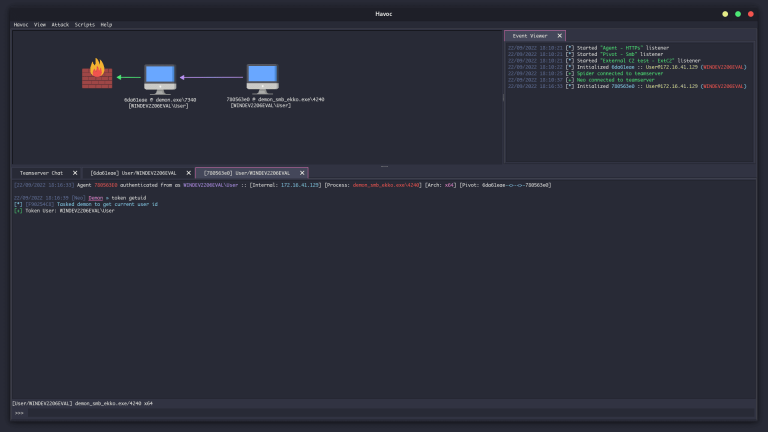Of all the numerous security challenges faced by individuals and corporations around the world, ransomware makes one of the top spots. Ransomware is a form of malicious software that encrypts files and folders on PCs and servers, giving the creator of the software some leverage over the ransomware victim. In most cases, the victim of the attack is required to pay some form of ‘ransom’ in order to get the decryption key, which will grant them access to their encrypted files.
Prevalence of Ransomware Attacks during the COVID-19 Pandemic
A ransomware attack has suddenly become prevalent during this period, and one may wonder why. The COVID-19 pandemic has caused a shift in paradigm, diverting the primary focus of virtually everyone to the crisis. This shift, especially in the health sector, has caused a lot of corporations to become rather lax on issues relating to cybersecurity. It is, therefore, a no-brainer to think that the current situation has presented cyberattackers an opportunity to strike.
The US and European Health Sector taking a hit
Hospitals in the United States and Europe are constant victims of ransomware attacks. While some ransomware groups pledged not to attack any hospitals during this pandemic, as expected, some attackers still perpetrated their attacks.
In the Czech Republic, a hospital was hit with a devastating ransomware attack – after which the country’s cybersecurity agency announced preparation for a myriad of attacks. Barely a day after the announcement was made, two other hospitals faced attempted attacks.
Canada, on the other hand, had a slightly different issue. The official COVID-19 contact tracing application billed to be released by the government was mimicked and ransomware infused into the app. The mock application installed a new strain of ransomware called CryCryptor on Android devices of those who installed it and then went on to encrypt the files on the device.
Luckily a fix has been made available to the public by ESET researchers. The fix, which can be found on Github, decrypts the encrypted files using the decryption functionalities embedded in the ransomware itself.
3 Simple Ways to Increase Protection against Ransomware
Increasing protection against ransomware is essential to individuals and corporations during this period to avoid taking any more losses asides from the ones inflicted by the pandemic itself. Some of these are:
- Ensure Network Security Software is up-to-date: Security software updates usually contain fixes and upgrades that strengthen the software’s capability to defend against newer and more sophisticated malicious software. Installing these updates as soon as they are released will go a long way in beefing up security against ransomware.
- Use Encryption Software: You can use security tools, such as a VPN for data encryption. It masks your IP addresses and encrypts your data as it moves through the network. This is in a bid to render the information useless to whoever might be waiting to intercept them.
- Employ Best Practices: There are simple things that individuals, especially remote workers, need to take note of. Some of these include using strong passwords on sensitive websites, enabling two-factor authentication, and avoiding downloading untrusted media from the Internet.





